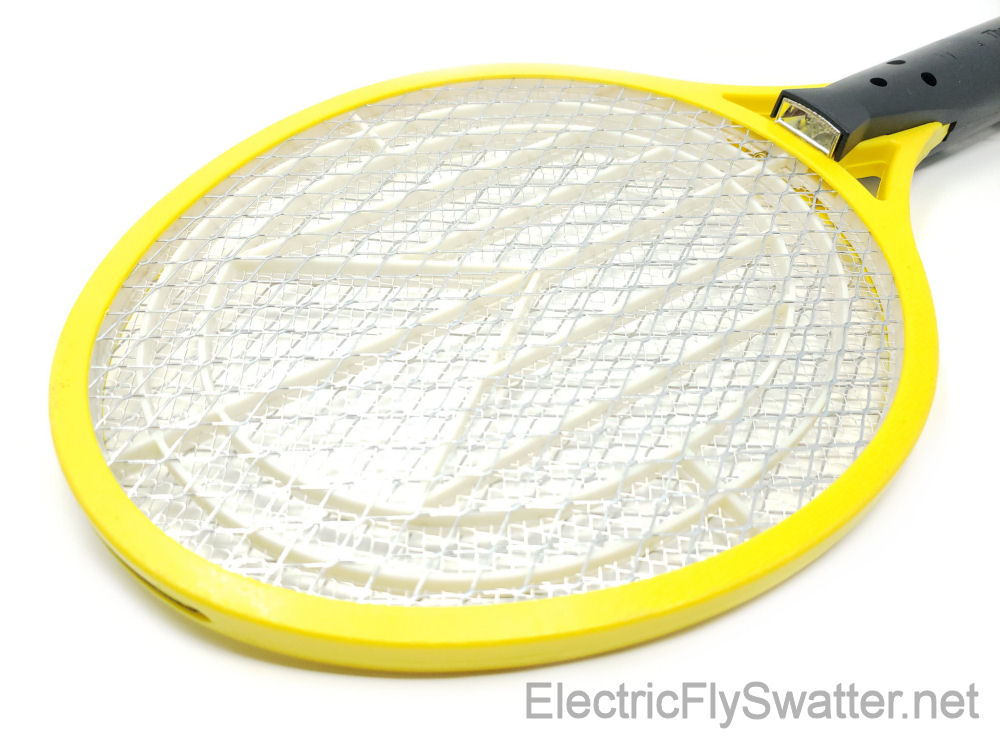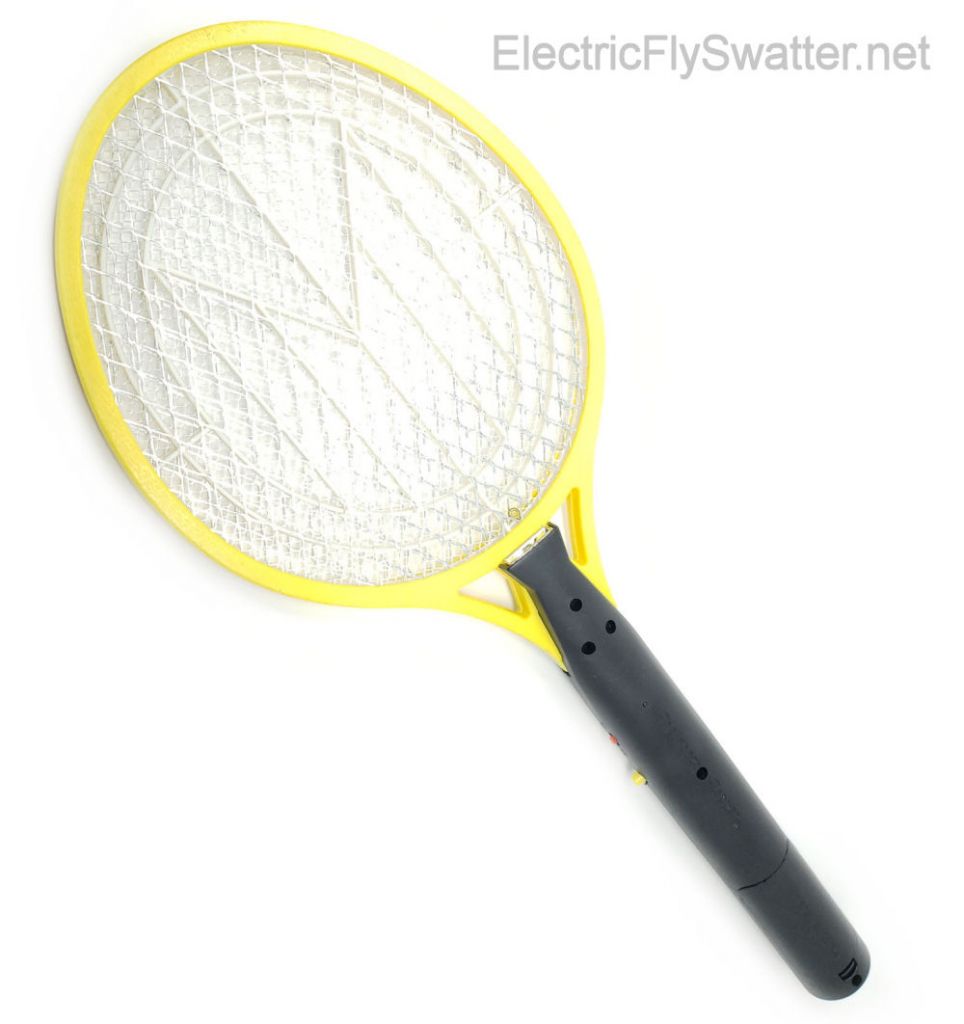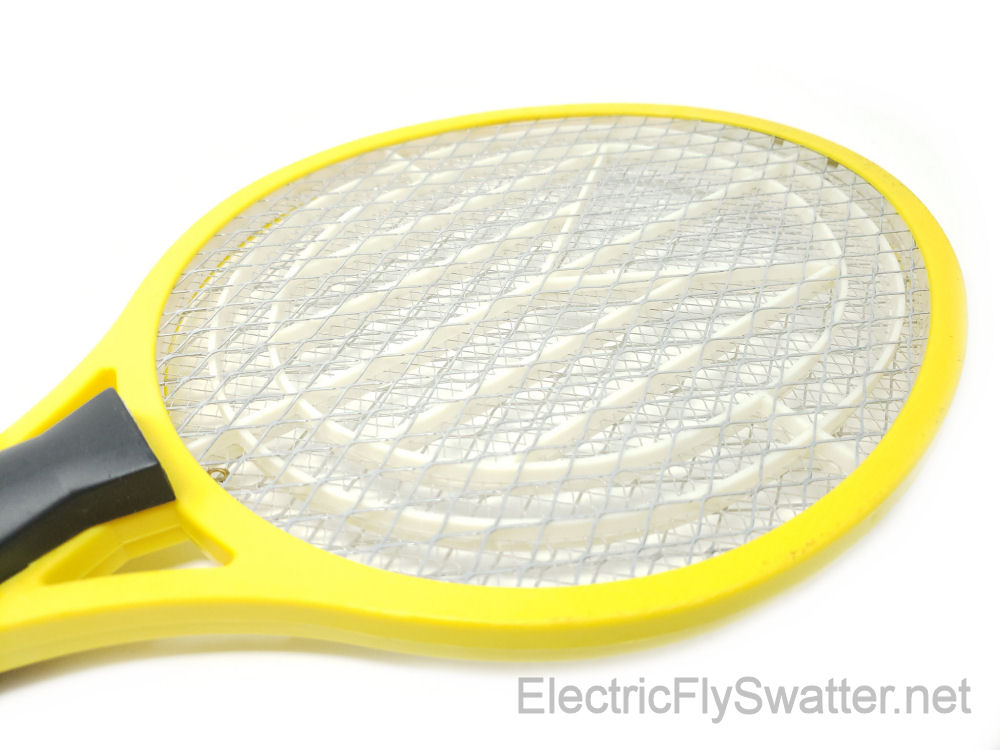Learn Everything About Black Bees
The Ultimate Guide to Black Bees: Insights for Bee Sting Victims
Black Bees, also known as the Apis mellifera mellifera, are a unique subspecies of honey bees characterized by their dark coloration and distinct behaviors. These insects play a crucial role in pollination and honey production, but they can also pose a risk to individuals through their potent stings. Understanding the nature of black bees, how to differentiate them from other bee species, and tips for dealing with a bee bite or bee sting are essential for bee sting victims. In this comprehensive guide, we delve into the world of black bees, shedding light on their habits, habitats, and the best practices to prevent and manage bee stings effectively.
Understanding Black Bees
Black Bees: A Quick Overview
Black bees are a noteworthy subgroup of the honey bee family. Known scientifically as Apis mellifera mellifera, they’re primarily distinguished by their dark exteriors. What sets black bees apart is not just their color but also their resilience and adaptability to cooler climates. Originating from Europe, these insects have spread across various continents.
Despite their importance in the ecosystem for pollination, black bees are often mistaken for other species due to their similar appearance. However, their unique wing patterns and slightly larger body size can help in identifying them. For those who work closely with bees or spend time outdoors, recognizing black bees is vital, as their stings, while not more harmful than other bee stings, require proper care to prevent complications.
Understanding these bees is the first step in appreciating their role in nature and ensuring safe interactions with them.
The Importance of Black Bees in our Ecosystem
Black bees play an indispensable role in maintaining the balance of our ecosystems. As pollinators, they are crucial for the reproduction of many plants and crops. By transferring pollen from one flower to another, they not only aid in plant diversity but also support food production, which is vital for wildlife and humans alike.
Their ability to thrive in various climates, especially in temperate regions, makes them essential for natural habitats that are less hospitable to other bee species. This adaptability also means that they can sustain themselves and pollinate in areas where other bees might struggle. Consequently, black bees contribute significantly to biodiversity, which is fundamental for a healthy environment.
Preserving and understanding the habits of black bees is thereby linked to our own well-being, ensuring that we have access to a variety of foods and that natural ecosystems continue to flourish.
Recognizing and Handling Bee Stings
Identifying a Black Bee Sting
When it comes to identifying a black bee sting, it’s important to note that the sting itself is not visually different from that of other bee species. However, the reaction to a sting can be a good indicator. Typically, a bee sting will result in immediate pain followed by redness, swelling, and itching at the site. A black bee’s sting may cause a slightly more pronounced inflammatory response due to the bee’s larger size.
If stung, the first step is to calmly remove the stinger as quickly as possible. This can reduce the amount of venom injected into the skin. Use a flat-edged object, like a credit card, to scrape the stinger out. Avoid using tweezers or squeezing the stinger, as this can release more venom.
After the stinger is removed, clean the area with soap and water. Applying ice can help reduce swelling, and taking an antihistamine can alleviate itching and discomfort. If you experience severe symptoms, such as difficulty breathing or swelling of the face and mouth, seek medical attention immediately as these may be signs of an allergic reaction.
Remember, while black bees are not aggressive by nature, they will sting in self-defense if they feel threatened. Being able to identify and properly handle a sting can make all the difference in ensuring your safety and well-being.
Steps to Take After a Bee Sting
If you’ve been stung by a bee, prompt action can help manage the pain and prevent further complications. Here are the steps you should take:
-
Remove the Stinger: Gently scrape the stinger out with a flat object. Avoid using tweezers which can squeeze more venom into the skin.
-
Clean the Area: Wash the sting site with soap and water to prevent infection.
-
Apply Cold: Use a cold pack or a cloth-wrapped ice pack to reduce swelling and numb the area.
-
Pain Relief: Over-the-counter pain relievers can alleviate discomfort. Options include ibuprofen or acetaminophen.
-
Monitor Symptoms: Keep an eye on the sting for signs of an allergic reaction, such as hives, swelling, or difficulty breathing. If these occur, seek medical attention immediately.
For most people, a bee sting is only temporarily painful and annoying. However, for those with allergies to bee venom, a sting can be a serious health concern. It’s best to wear protective clothing when in areas where bees are active and to exercise caution not to disturb their habitat.
Insights for Bee Sting Victims
Dealing with a Bee Sting: Practical Tips
When dealing with a bee sting, it’s essential to keep a level head and follow a few practical steps to minimize discomfort and prevent infection. Here are some useful tips:
-
Stay Calm: Panicking can increase your heart rate, which may spread the venom more quickly. Breathe deeply and focus on the task at hand.
-
Avoid Home Remedies: Folk remedies like applying mud or garlic may do more harm than good. Stick to proven treatments.
-
Use Hydrocortisone Cream: This can relieve itching and swelling. Apply a small amount to the affected area.
-
Monitor for Allergic Reactions: Watch for symptoms like difficulty breathing, dizziness, or a swollen tongue. These require immediate medical attention.
-
Cover the Area: Protect the sting site with a bandage to keep it clean.
-
Stay Hydrated: Drinking water can help your body recover from the stress of the sting.
Remember that each individual may react differently to a bee sting. What works for one person might not work for another, so it’s important to understand your own body’s response. If you’re unsure about your symptoms or if they worsen, don’t hesitate to contact a healthcare professional.
Moving Forward: Overcoming Fear of Insects
For many, an encounter with a black bee or any stinging insect can instill a lasting fear. However, overcoming this fear is important, not just for your mental well-being, but also to maintain a healthy respect for the role these creatures play in our environment. Here’s how to move forward:
-
Educate Yourself: Understanding insect behavior can demystify them and reduce fear. Learn about their habitats and how to coexist safely.
-
Gradual Exposure: Start by observing insects from a distance, then gradually decrease the distance as you grow more comfortable.
-
Relaxation Techniques: Practice deep breathing or mindfulness to stay calm when encountering insects.
-
Positive Reinforcement: Remind yourself of the good insects do, like pollinating flowers and crops.
-
Seek Professional Help: If your fear is overwhelming, a therapist can provide strategies to cope with and overcome your phobia.
Remember, the goal isn’t to become fearless but to manage your fear effectively. With time and patience, you can reduce your anxiety and appreciate insects for their essential role in nature.
What is a black bee?
When you envision bees, you may normally think of insects with thick yellow stripes, but some bees can have a darker appearance. If you’ve never seen black bees before, it’s easy to become alarmed. The best solution is to first become more informed about them. Be sure to buy our 3000 volt electric fly swatter if you are experiencing bee issues.
Generally speaking the term black bee is used to describe a number of species of bee. They are called black bee because they appear mostly black, although most black bees have other shades of color among the dark colors. A black bee stands out because it looks, sounds and behaves like a more standard bee, but they are dark colored and large portion of their bodies are jet black.
Carpenter bee
A carpenter bee is often described as looking like a large bumble bee, which of course, is yellow and black. However, there are species of carpenter bees that fall into the black bee category. The carpenter bee’s namesake comes from its customary piercing into wood to create passages for raising offspring. Certain carpenter bees are black-colored.
There’s the valley carpenter bee, which is mainly located in valleys and lower foothills in California and Arizona. They are about ¾ inches long and the females are a black bee that have metallic reflections (males are golden brown or buff-colored). Mountain carpenter bees mainly occur in foothills and mountains in Arizona, Nevada, California and Oregon; males and females are black (yellow, white and black hairs appear on the male head). They are about ½ to ⅝ inches long.
So how damaging are carpenter bees? If lots of carpenter bees create numerous tunnels over a period of years, they can produce severe structural damage. Carpenter bees can also stain wood by defecation. Take note: They favor bare wood. These bees use places such as window trim, eaves, siding, and decks to nest. Males do not have stingers, and although the female sting is powerful, they seldom sting unless disturbed or handled.
How can you tell if a black bee is a carpenter bee?
Carpenter bees create round holes in wood. Their holes are dime-sized.
If not dealt with, carpenter bees can create damage to property. Take time to check your wood for signals of these bees – look for holes that are smooth and round. Get in touch with Western Exterminator for help.
Non-carpenter bees that can be called black bees
Leafcutting bee
The leafcutting bee is similar in size to a honey bee (on average) and commonly gray to black; its abdomen commonly has hair and white stripes. It totes its pollen in a pollen brush on its abdomen underbelly and not on its hind legs.
Leafcutting bees use locations such as cavities in wood or hollow stems for their nests. They can create cells or tunnels in rotting wood or in wood shingle siding. Nests can be lined with pieces of leaf or petal. Female leafcutting bees put pollen and nectar in the cells and lays eggs in them. These creatures spend the winter in the nests and then leave and mate.
It’s significant to note that leafcutting bees pollinate crops. But if they’re affecting your ornamental plants, you can try putting cheesecloth on the plants. On the plus side, their sting hurts less than the honeybee sting. You will likely only be stung if you handle a leafcutting bee.
Mining bee
Mining bees are a type of bee that can be dark in color. Medium in size, mining bees create nests in the ground. In most species, females have facial depressions. Mining bee nests can be found in gardens, around foundations of houses, under leaves of plants, in sandy zones, and in lawns.
Mining bees are solitary bees. At times, lots of mining bees nest near each other, especially if the ground is bare. Females in some species have a single nest entrance with separate tunnels. Mining bee holes have a diameter of about ¼ inch and a small soil mound can encircle them. Males and females spend the winter in their nests. These insects prefer nesting in regions where there is scant plant life.
Because mining bees are pollinators, controlling them isn’t recommended. Thankfully, they do not sting often. But one step is using a sprinkler to water your lawn. If treatment is really needed, the best option is to contact a professional. Reach out to Western Exterminator online today to discuss the best course of action.
Is a black bee more likely to sting than other bees?
In general, no. The various species of black bee are not more aggressive or likely to sting. In fact, since most of the time the insect referred to as a black bee is likely a carpenter bee, they are even less likely to sting and the sex of the bee might mean it doesn’t even have a stinger.
Black bee risks
Since most types of black bee are not high risk for stinging, do they pose any other kind of threat? The only real risk for a black bee is probably to wooden structures around your home or property. This is because most black bee species are forms of carpenter bees, who chew their way through wood to build nests.
Black bee infestation
If left unchecked, it is possible for black bees, or carpenter bees, to create an infestation around your home. A carpenter bee infestation can cause continued damage to wooden structures around your home and create serious damage to walls, decks, and even wooden patio furniture.
Although most types of black bee, including carpenter bees, are solitary and do not create large hives, a number of them can create their own nests and maze of tunnels in close proximity to each other, which can weaken wooden structures and create costly damage.
Sick of bee stings? Try our 3000 volt electric fly swatter
Our extremely powerful 3000 volt bug zapper kills flies and insects instantly. One powerful zap with this bug zapper leaves no mess!
Forget about smashing insects on the walls or scratching your skin raw when you are trying to get some downtime. Our powerful fly swatter 3000 volt bug zapper takes care of those pesky insects for you.
Whether you are inside your home or relaxing in outside, simply swing our bug zapper racket to get rid of annoying insects. Our high voltage electronic insect killer takes care of this problem with a delightful sizzle. The mosquito bug zapper also features a zapper at the end of the racket to help make swatting insects easy.

Special Sale only $24.95
Order in the next 29 minutes and get FREE SHIPPING!
Fast same day shipping – 2-3 day delivery
Perfect for killing fleas on dogs and cats
Our electric insect zapper make it easy to get rid of all those pesky dog fleas that make your pet uncomfortable. Simply run the indoor bug zapper over your dog’s fur and watch it kill those biting fleas.
For Camping
Camping can now be enjoyable with our electric bug zapper. Just wave our bug zapper between yourself and the insects to instantly zap them.
Electric Fly Swatter Features
4″ zap strip on the end of zapper designed to zap bugs along door frames, sliding in small hard to reach areas and ceiling corners.
Built in LED bug zapper light to zap bugs and mosquitoes at night or in dark corners.
Bait tray attachment which you can set out pieces of meat or fruit to attract insects.
Included hand rope allowing you to hang the zapper and automatically zap bugs for as long as you like or to tie around hand for extra grip.
Protective screens on both sides of the electrode to protect you from accidentally shocking your fingers.
Safety drain down system, shutting power down within 10 seconds, so you dont get shocked after zapper is turned off.
On / off button. Press the button to activate net / release button to de-activate net. The red light indicates the net is “hot” (on).
Extremely lightweight
Takes 2 “D” batteries and gives off a 3000 volt charge

Our Electric Fly Swatter Kills the following insects on contact
Yellow Jackets
Hornets
Flies
Bed Bugs
Spiders
Fleas
Carpenter Bees
Wasps
Mosquitoes
Houseflies
Gnats
Black Bees
Horse Flies
Deer flies, and many more bugs and insects!
Get rid of pesky insects today!
Electric Fly Swatter Helpful Information
When an irritating insect is flying near you, just hit it, as you would a tennis ball. There are dual large capacitors that hold 3000 volts of zapping power to kill insects but low amperage that allows alkaline batteries to power hundreds of hours of zapping time.
When a bee, hornet, horse fly etc. is buzzing back and forth near your body, put the zapper head near you, so the head is between you and the insect. Swing out and away from your body. If there are bees or flies hovering above your food, put the zapper head between the food and the bees and bring the head up quickly to zap them.
If the insect is in a horizontal corner between the ceiling and the wall, in a vertical corner where two walls meet, on a window, where it meets the frame or under an appliance or furniture, directly up on the ceiling or on the floor, just use the zapping area on the end of the head. Move slowly until close then move the head quickly. Slide the head lightly and quickly along the corners.

Special Sale only $24.95
Order in the next 29 minutes and get FREE SHIPPING!
Fast same day shipping – 2-3 day delivery
This is a tool, not a toy. Keep out of reach of children under 8 years old.
Use inside or outside in dry weather.

